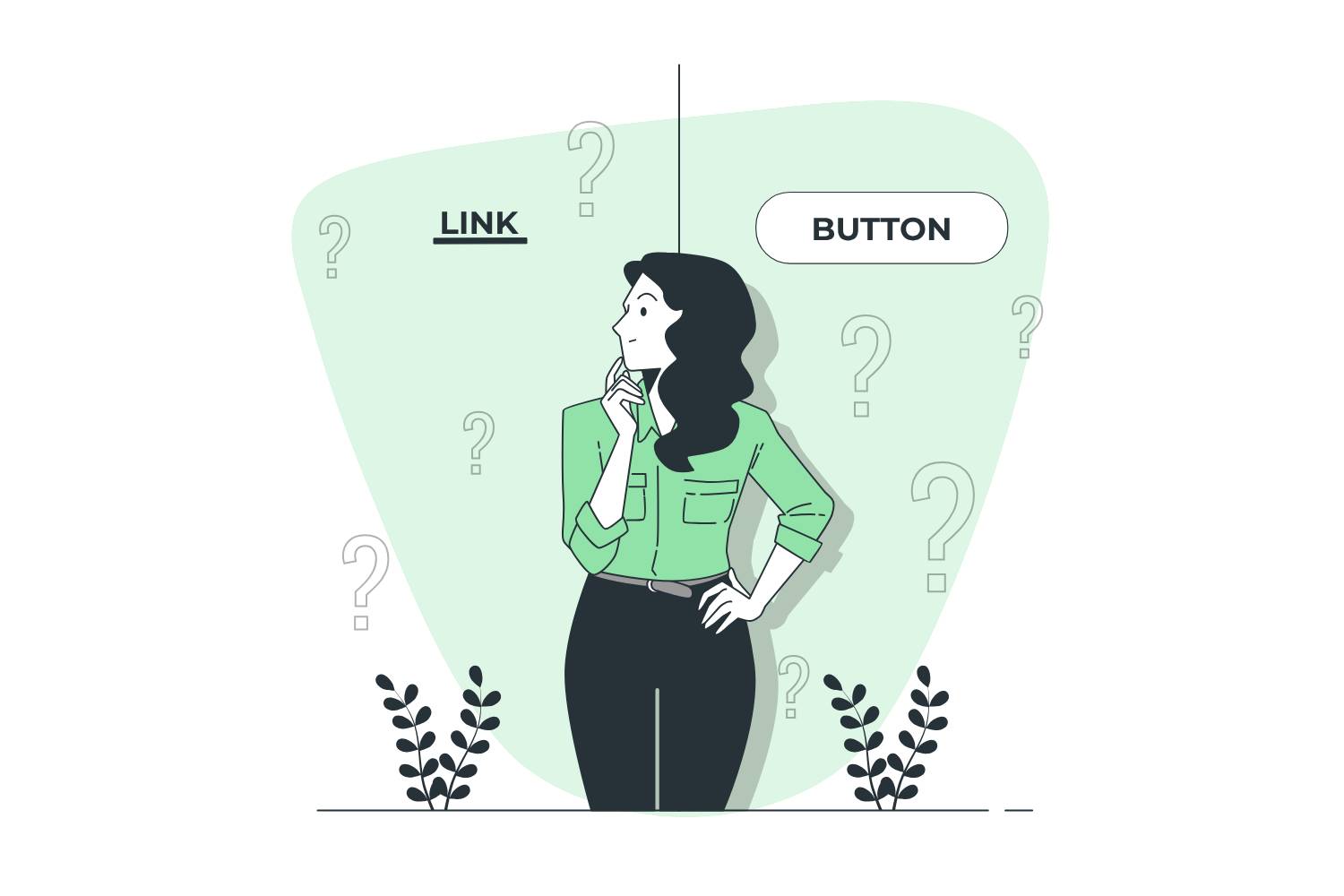Understanding disabilities

Know your audience
You can’t create an inclusive website if you don’t fully understand your audience’s disabilities. Here we break down each disability category.
The video below features Angelica from Rugrats in the park. She gets up and says, “Let’s go introduce ourselves”
Auditory disabilities
An auditory disability is hearing loss. It can range from mild to profound. Let’s break it down:
| Decibel range | Barriers | You can’t hear | |
|---|---|---|---|
| Mild hearing loss | 26-40 | • Is a common experience. • Usually happens when someone has difficulty understanding what someone is saying, especially with background noise. | People whispering or a babbling brook |
| Moderate hearing loss | 41-55 | • Hearing loss when there’s no background noise. | Rainfall or coworkers’ conversations in a quiet office |
| Moderate to severe hearing loss | 56-70 | • The person is talking really loud. • They can’t understand what’s being said in a group conversation. | A running dishwasher or people laughing |
| Severe hearing loss | 71-90 | • Impacts speech. • Sounds need to be amplified. | Doorbells or phones ringing |
| Profound hearing loss | 90 and over | • Can’t understand someone when they’re speaking loudly • People will use sign language and/or lip reading. | Someone shouting or a running lawnmower. |
Cognitive, learning, & neurological
This type of disability does NOT affect the person’s intelligence.
This disability affects how people hear, move, see, speak and understand information; it can affect any part of the nervous system. There are two classifications. One that has a medical or behavioral cause (clinical) and one that does not (functional).
Classifications
Clinical classification
More severe clinical diagnoses include:
- Autism
- Down syndrome
- Traumatic brain injury (TBI)
- Dementia
Less severe clinical diagnoses include:
- Attention deficit disorder (ADD)
- Dyslexia (difficulty reading)
- Dyscalculia (difficulty with math)
- Learning disabilities
Functional classification
- Memory
- Problem-solving
- Attention
- Reading, linguistic, and verbal comprehension
- Math comprehension
- Visual comprehension
Physical disabilities
Physical disability (AKA motor disability) is when a person has some or no control of muscles
Examples
- Amputation
- Arthritis
- Fibromyalgia
- Rheumatism
- Reduces dexterity
- Muscular dystrophy
- Repetitive stress injury (RSI)
- Tremors and spasms
- Quadriplegia
Speech disabilities
Speech disability is when a person has difficulty speaking (in a way that others understand)
Examples
- Apraxia of speech (AOS)
- Cluttering (AKA tachyphemia)
- Dysarthria
- Speech sound disorder
- Stuttering
- Muteness (AKA mutism)
Visual disabilities
Visual disabilities range from mild to full vision loss in one or both eyes. Some people experience issues with colors or bright lights.
Examples
| Color blindness | Low vision | Blindness |
|---|---|---|
| Can’t tell the difference between colors | Central vision loss (difficulty seeing in the center of your vision) | Full blindness to one eye |
| Can’t tell how bright colors are | Peripheral vision loss (difficulty seeing out of the corners of your eyes) | Full blindness in both eyes |
| Can’t tell the different shades of colors | Night blindness (difficulty seeing in low light) | |
| Blurry or hazy vision |


